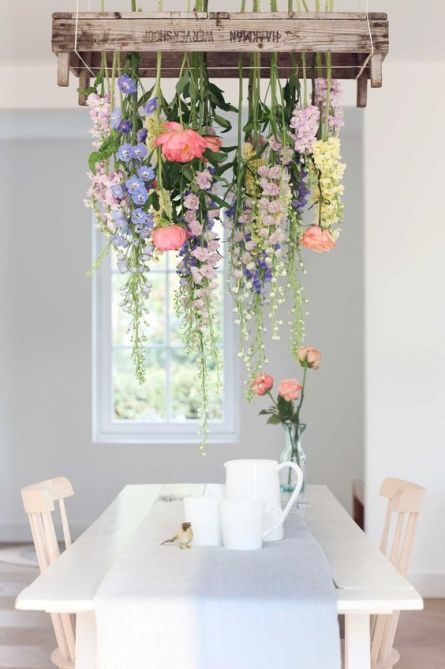 Spring is officially here. The winter is gone, and the snow is finally melted, so it’s time to open those windows and get the spring time flowing through your home. While cracking those windows and airing out the space is a good place to start, there are several unique ways to bring the sights, sounds, and smells of the spring inside.
Spring is officially here. The winter is gone, and the snow is finally melted, so it’s time to open those windows and get the spring time flowing through your home. While cracking those windows and airing out the space is a good place to start, there are several unique ways to bring the sights, sounds, and smells of the spring inside.
1. Bring in Plants and Fresh Cut Flowers
Plants and fresh cut flowers can take a room from drab to fab in just a few short seconds. It is, perhaps, one of the easiest ways to bring the outside in and enjoy the vibrant nature of spring while sitting on your couch. Opt for brightly colored flowers in a variety of different vases. This will brighten up your space and make everything feel fresh and exciting.
You can add seedlings to the mix by setting up a seed tray on your windowsill. In the early spring, you can enjoy watching your seedlings sprout before transferring them outside. Herbs can be kept on a windowsill throughout their grow cycle, and they will add a fragrant aroma to your home that makes your mind think of spring.
2. Use fruit as a Decor Item
A pretty bowl of oranges, lemons, and limes can dress up a dreary dining room or kitchen table with ease. The brightly colored fruits are gorgeous to look at, and it makes crafting springtime cuisine super easy and convenient, too. Experts suggest using a natural looking bowl to really make the color of the citrus fruits pop.
3. Swap out Linens and Accent Colors
In your bedroom, get rid of those heavy winter covers in favor of bright, light and airy looking linens. You can also swap out hand towels, bath towels, and kitchen towels with pastel options to bring a hint of the season into every room.
You can change the entire look of your living room by switching out your throw pillows for something with a bit more color. Experts suggest using yellow, light blue and oranges to evoke a feeling of the warm, spring weather.
4. Bring out the Spring Smells
To get your home smelling like spring, consider using essential oils that evoke a feeling of the warm weather. Blood orange and lemongrass are two diffuser oils that will make your home smell fresh and sweet during the day and night. If essential oils aren’t your thing, opt for lightly scented candles that offer citrus notes, or cleaner scents. Fresh linen, cotton, and lemon all evoke feelings of warm weather and can make your home smell amazing.
5. Pack up your Winter Clothing
No one wants to open their closet and be reminded of the cold winter months. Swap out your winter sweaters, boots, and coats, for your warm weather options, like sundresses, tank tops, and flip-flops. The change in your closet will help set the right mood as you get ready for the day ahead of you.
Bringing the spring indoors is a great way to enjoy the warm weather, and gear up for a summer of fun. The sooner you get started on redecorating for the warm weather, the sooner you can enjoy the festive feel of spring inside your own home.
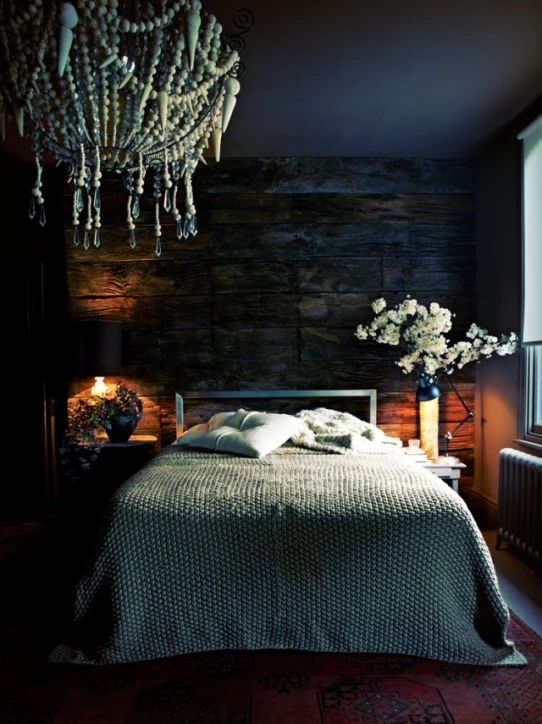 When you are looking to change up your home décor, don’t forget about lighting. It’s an easy and oftentimes inexpensive way to give a room a whole new feel. In fact, you can use lighting to set the mood for everything from a romantic dinner to a family gathering. Here’s how.
When you are looking to change up your home décor, don’t forget about lighting. It’s an easy and oftentimes inexpensive way to give a room a whole new feel. In fact, you can use lighting to set the mood for everything from a romantic dinner to a family gathering. Here’s how.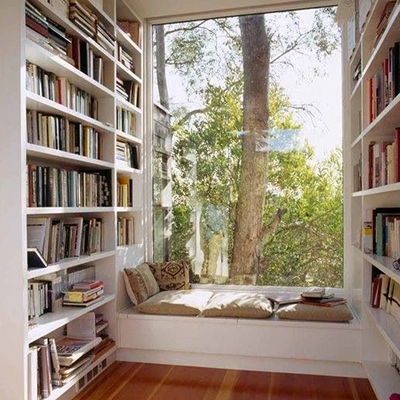 Everyone needs a break now and then. One of the best things you can do for yourself is to set a time each day for a relaxing break in which you read, meditate, or do something else that’s
Everyone needs a break now and then. One of the best things you can do for yourself is to set a time each day for a relaxing break in which you read, meditate, or do something else that’s 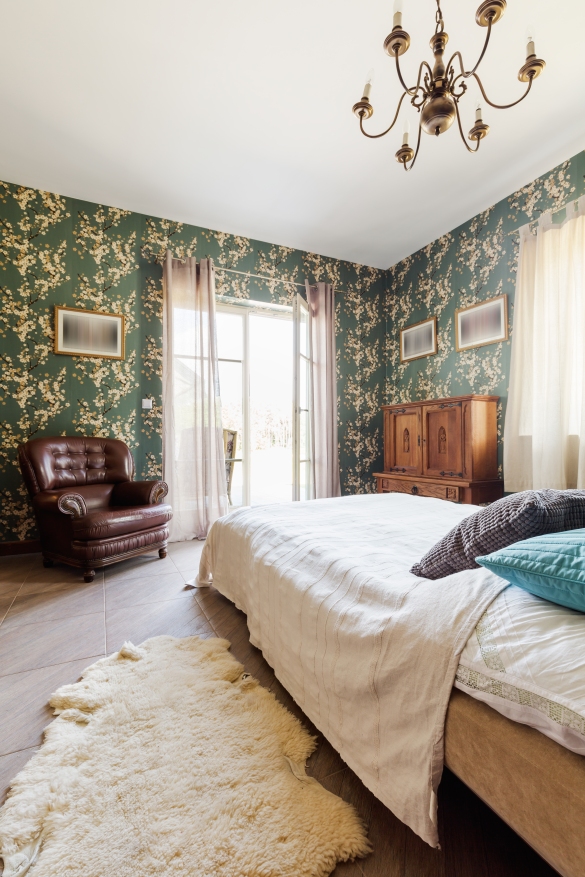 Proper interior design can be quite inclusive of different kinds of hardware and decorative elements. In fact, entire industries have sprung up to accommodate people with an eye for
Proper interior design can be quite inclusive of different kinds of hardware and decorative elements. In fact, entire industries have sprung up to accommodate people with an eye for 
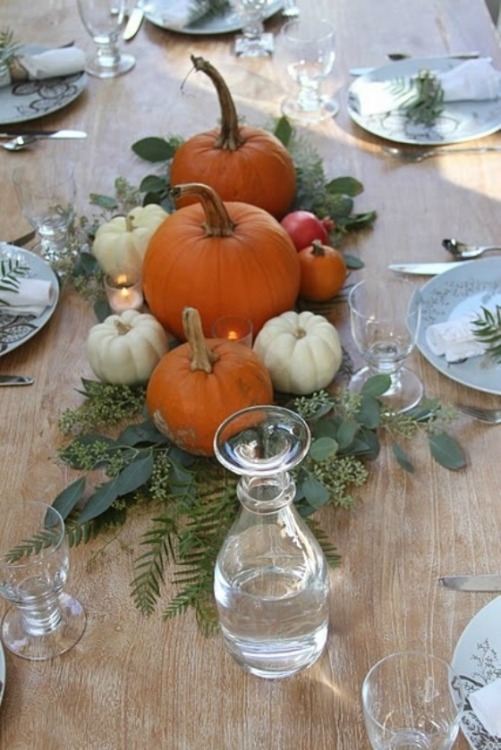 It is always fun to
It is always fun to  People often use the terms interior design and interior decoration interchangeably but this is not correct. The two are different, although can be related. An interior designer may do some decorating but an interior decorator does not do designing. Let’s explore how these two fields differ and how they relate.
People often use the terms interior design and interior decoration interchangeably but this is not correct. The two are different, although can be related. An interior designer may do some decorating but an interior decorator does not do designing. Let’s explore how these two fields differ and how they relate.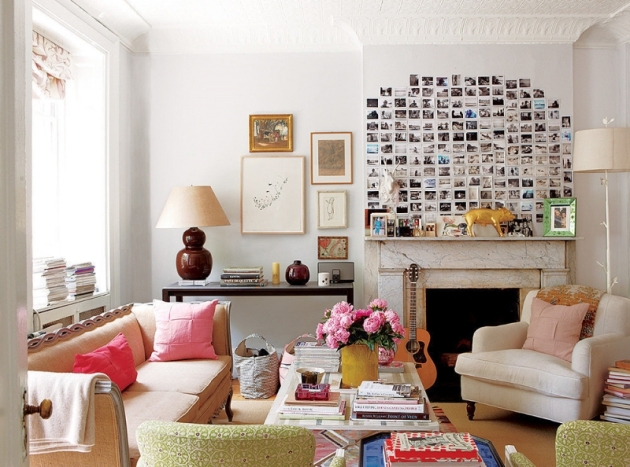 People spend majority of their days inside their home. It’s where you go to when you are sick, the weather is less than perfect to be outside, you need to rest and sleep, you eat, and have your most private moments. Regardless of how long you’ve lived in your house, you’ve probably personalized it and added
People spend majority of their days inside their home. It’s where you go to when you are sick, the weather is less than perfect to be outside, you need to rest and sleep, you eat, and have your most private moments. Regardless of how long you’ve lived in your house, you’ve probably personalized it and added  With the cost of purchasing a home still out of the reach of many of us, we us are likely to be renting considerably longer than previous generations. Even if you have managed to buy, there may not be a great deal in the budget for updating your home from someone else’s taste to yours. Rentals and money pits can stay a little anonymous for longer than you’d like for those reasons alone.
With the cost of purchasing a home still out of the reach of many of us, we us are likely to be renting considerably longer than previous generations. Even if you have managed to buy, there may not be a great deal in the budget for updating your home from someone else’s taste to yours. Rentals and money pits can stay a little anonymous for longer than you’d like for those reasons alone.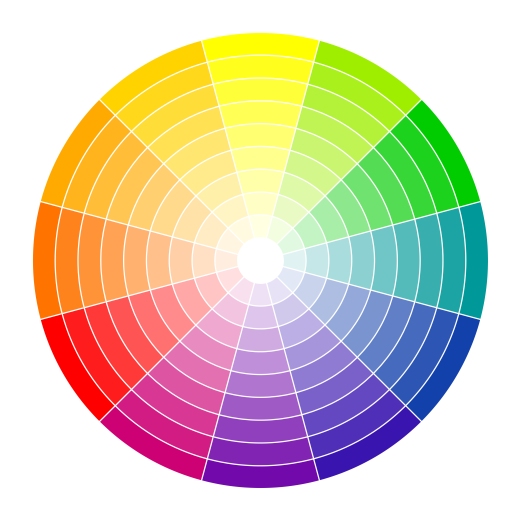 A lot of us have heard about the color theory at some point in elementary school and then, like Algebra and the periodic table, sorted it into the back of our minds ever since. Things like
A lot of us have heard about the color theory at some point in elementary school and then, like Algebra and the periodic table, sorted it into the back of our minds ever since. Things like